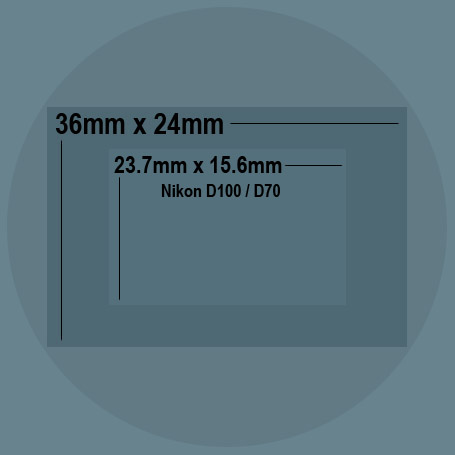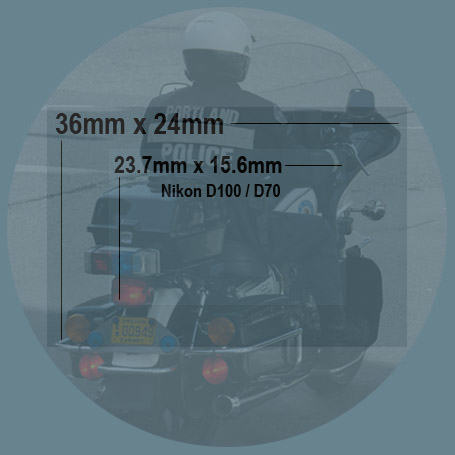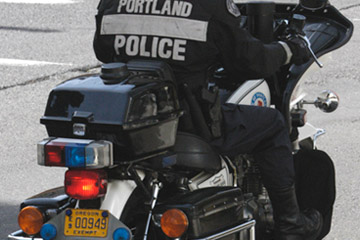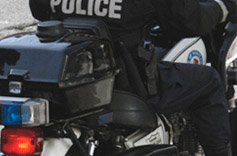
| Home • Reviews • Forums • News 2015 • 2013 • 2012 • 2009 • 2008 • 2007 • 2006 • 2005 • 2004 RSS Feeds • FOV Factor Table • Sensor Sizes | Definitions: A-D • E-H • I-L • M-P • Q-U • V-Z | Sitemap Articles • Archived Websites (Pre-DigitalDingus): D100 Lounge • E-10 Club | Contact |
| The Field Of View Equivalency Factor "The FOV Thing" |
|
| Image Circles, 35mm, Nikon, and actual FOV Cropping December 26, 2004 |
|
| FOVEF: Introduction • FOVEF: Image Circles FOVEF: Olympus Four-Thirds Lenses • FOVEF: Nikon DX Lenses • FOVEF: How Do You Get That Number? FOVEF: Degrees and Angles Of View • FOVEF: Conclusion
|
|
35mm Lenses
The FOV Crop has been primarily concerned with 35mm lenses being used on imager sizes that are smaller than the size of 35mm film (36mm x 24mm). When you place a 35mm lens, which was specifically made for a 35mm camera, on an imager that is smaller, you get an FOV Crop, Magnification Factor Effect (MFE), Multiplier Effect, X-Factor, etc. All of these terms are the same thing, but it is in your best interest to think in terms of a Field Of View Equivalency Factor. As we move on in this article, you will understand why. On this page, we actually do have a physical crop going on, so the term "FOV Crop" is applicable. But just remember that it is only applicable for this specific situation. On the other hand, FOVEF can be applied across multiple formats and lenses and imagers.
It is important you realize, we are concentrating on the FOV Factors of 35mm lenses on imagers that are smaller than what those lenses are supposed to be used for, which are 35mm cameras. There are other FOV Equivalenncy Factor ratios (such as Medium Format cameras being compared to other cameras), but we are only concerned with 35mm lenses at this point, 35mm focal planes, and digital camera imagers that are smaller than a 35mm focal plane (i.e., imaging area). Due note that a few digital cameras have the same size focal plane (36mm x 24mm) as a film camera focal plane, so we could just as well compare our examples with those digital cameras as well. You may see examples such as the Kodak 14n/SLR or Canon 1Ds. This is because these cameras are "Full-Frame" DSLRs, and have an imager the same size as a 35mm film (36mm x 24mm).
Below (Illustration 3), is a second example of an image circle being projected on a 35mm image size, but in this case, I also added the D100/D70 imager so you could see the comparison in sizes.
 Illustration 3
This next illustration is simply for more of a visual understanding. It's the same as the one above, but I added an image in the background to show you how much of an area is being cropped. Obviously, when you frame your image, you want to get most of the subject in the frame (and your viewfinder), so in the example below, you would zoom out to get the subject within your frame. This is merely an example image of how much actual info is coming through the lens, and being displayed on the imager. In the following examples, I used an AF-S 80-200mm f/2.8 lens.
 Illustration 4
35mm Lens On Different Imagers
The following are illustrations of what a 35mm lens and the image which will be captured from it, using a 35mm camera, and a Nikon D100/D70. As noted above, I used the AF-S 80-200mm, and it was at 200mm. As you can see, there is definitely a form of "magnification" taking place, but remember, this is only valid when an actual physical crop is taking place.
The D100 has a 1.5x FOV Crop. What does this mean? Well, it means any 35mm lens you put on your D100, will automatically magnify your image by 1.5. Looking at it another way, it also means you add 50% more focal length or "zoom power". The smaller the CCD in relation to film, the larger the magnification ratio. Again, why? Since the CCD is smaller than the 35mm film size, the image is magnified automatically, because a 35mm lens that is being put on it, has a much larger image circle. From the illustrations above, you can see the differences in what each imager captures. The D100 sensor captures less on it's imager because it is smaller. However, because of this, the photo actually looks like it's been magnified when you view it.
 Illustration 5 - 35mm lens attached to a 35mm camera
 Illustration 6 - 35mm lens attached to a Nikon D100/D70
Looking Through The Viewfinder
The following are illustrations of what a 35mm viewfinder and a Nikon D100/D70 viewfinder would look like with a 35mm lens mounted on them.
 Illustration 7
Criteria For An "FOV Crop Factor"
Inevitably, we must define the circumstances of an actual physical crop. The circumstances for an actual physical crop, are as follows. The image circle of the lens must be significantly larger than the image sensor capturing the image information. If you had a lens matched to the image sensor, you wouldn't have a crop, now would you. So, the only time you have a physical crop, is when the image circle of a particular lens is significantly larger than the imager it is being placed on. The reason I say significantly, is because you won't notice the difference if the image circle is just a "little bit" larger than the sensor. In fact, 35mm lenses are a little bit larger than the 35mm image plane because in order for the film to be exposed completely--corner to corner, the image projected on it must cover all of the corners. If you look at Illustration #4 above, look at the four corners of the imaging plane, and notice how the image circle just barely covers all the corners. Now, let me ask you a question. If you had a 35mm lens on a 35mm camera, where would we expect to see light fall-off? If you are thinking the corners, you are correct. This is why smaller imagers never experience light fall-off issues, because the image circle is much larger than the imager and easily covers the entire imager. Look at the D100/D70 imager above, and see how this is the case with 35mm lenses. The D100/D70 imager's corners are much farther away from the edge of the 35mm image circle.
The Crop Of Crops
The above illustrations not only show you the crop differences of a D100 CCD imager and a 35mm imager/focal plane size, but we are also looking at how much of an image is being cropped from the lens itself. You may come across a few photographers on some DP forums who mention a "round imager", and even support the idea of one. Well, this really isn't practical. For starters, most of us don't print photos in a circular format. Second, most of don't "see" in a circular format. The way our eyes are positioned in our heads, we have a rectangular-type of sight. A circular sensor implies we see things equally on all sides, in an equal radius, when we actually don't. These are just a few of the problems of a circular imager. Also, imagine a world of having a round television set...or a round windshield on your car.
What If...
What would happen if a lens with a smaller image circle, was placed on a smaller imager which was matched to the smaller lens? Good question... |
|
| Home • Reviews • Forums • News 2015 • 2013 • 2012 • 2009 • 2008 • 2007 • 2006 • 2005 • 2004 RSS Feeds • FOV Factor Table • Sensor Sizes | Definitions: A-D • E-H • I-L • M-P • Q-U • V-Z | Sitemap Articles • Archived Websites (Pre-DigitalDingus): D100 Lounge • E-10 Club | Contact |